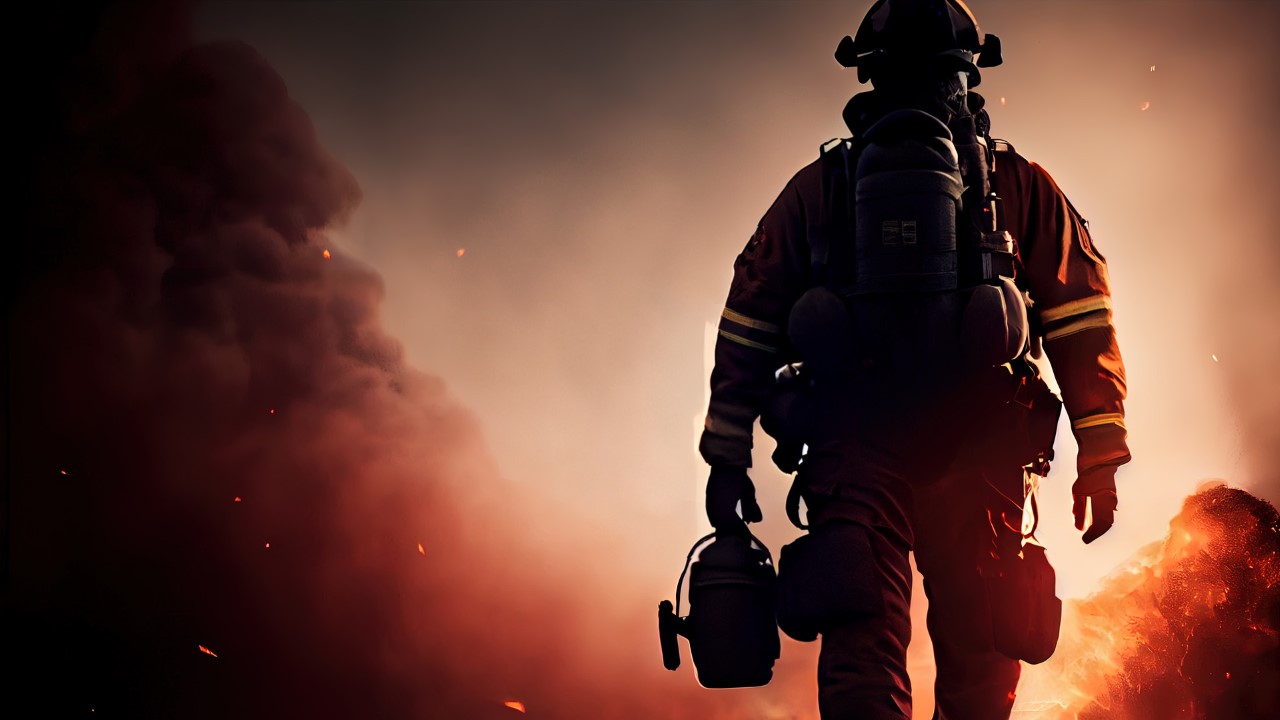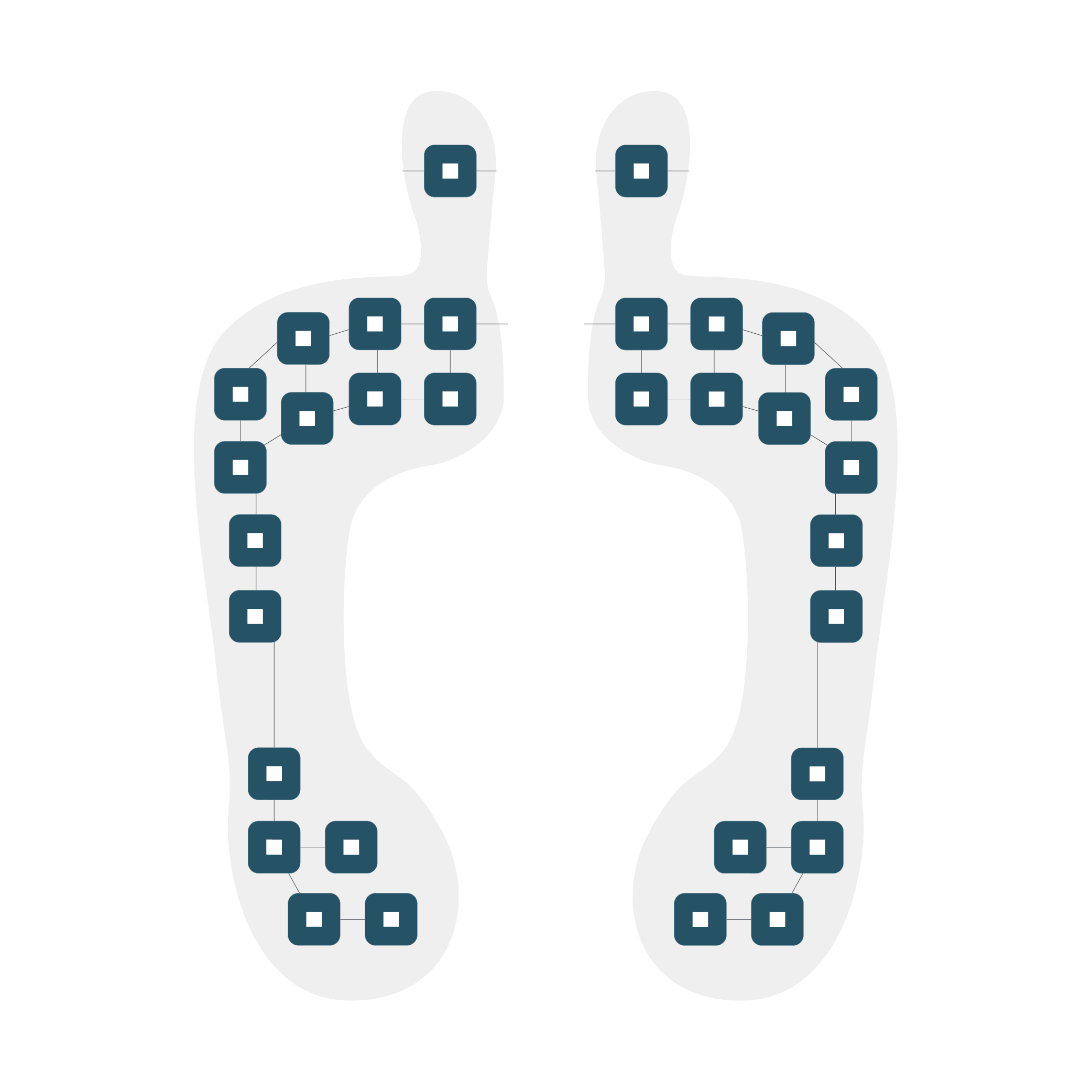Personal Protective Equipment (PPE) has come a long way thanks to the rapid diffusion of wearable and IoT technologies. In the unfortunate case of an incident, a responsive, connected PPE dramatically reduces emergency intervention time.
Personal Protective Equipment isn’t the only line of defense against safety hazards and risks. It is used in conjunction with safety programs, protocols, and training to lower the risk to employees to acceptable levels. It serves as the last line of defense against occupational illnesses, injuries, and protects against fatalities.
The Importance of PPE
Personal Protective Equipment defines any apparel or equipment that’s worn by employees or athletes to minimize exposure to biological, chemical, or any physical hazards in the workplace. Doctors wear PPE when treating contagious patients, and fire fighters wear PPE when managing emergencies with extreme temperatures and dangerous chemicals.
Employees who wear personal protective equipment perform their duties more effectively and efficiently, as they don’t have to constantly worry about sudden exposure. PPE must be modified depending on the nature of the job, this is part of ensuring the effectiveness of the equipment. Common examples include face masks/shields, goggles, gloves, helmets, boots, hazmat suits, respirators and fall harnesses.
It’s safe to say that PPE has come a long way since the plague masks of the 1600s. The technology used to protect vulnerable workers has evolved tremendously. Thanks to this progression, worker safety now includes important elements like wearables, impact and fall detection, advanced location tracking, dependable panic buttons and alerts. Yet the most important features are reliable, real-time connection and communication with those who can quickly provide help whenever it is needed. This is what we mean by “tech that protects.”
The Technology Behind Modern PPE
So, what vital technology was missing from the plague masks of the 1600’s? Inertial sensors: they are the brains behind the PPE brawn. Intelligent sensors are versatile and can be integrated with conventional PPE in a range of functions associated with employee safety.
They can be used for ambient quality sensing in environments where harmful gases have been released. Smart sensors will alert to the presence of pollutants, like carbon dioxide, in real-time so that the worker can react to the threat in an appropriate manner.
Sensor-integrated PPE also monitors the user’s vital signs such as heart rate, body temperature, or oxygen saturation. These readings can be transmitted to a remote location and monitored by the team so that they are aware of any sudden fluctuations which signal an emergency. Oil rig workers can use smart PPE to help monitor vital signs, for example, to make sure their temperature remains within a safe range and is not allowed to skyrocket when exposed to high temperatures.
Systems like NeuraTrack that use GPS tracking and AI are designed to be integrated into PPE for non-stop monitoring. Inertial sensors can track different activities and detect man-down situations so that workers have backup, even if they operate as lone workers. They are equipped to send an immediate geolocated man down alarm in the event of fall detection. On top of that, NeuraTrack will trigger a visual alert and acoustic siren. It connects workers to a remote cloud, while also connecting the worker to their environment for protection.
These systems use LoRaWan to establish connections and a mode of communication between teams. This is necessary in environments that are not supported by the usual telecom technology. LoRaWan communication devices are low-power and can operate reliably for an extended period (years) in the most severe environments.
Challenges of Embracing PPE Technology
Adjusting international standards based on regulations has proven to be a complicated process. For example, some countries require two-way communication via a mic, however, over 90% of the PPE they use are not mic integrated. There is a lack of standardization, except in contexts like ATEX or IEC Ex. Many countries have only minimal regulations, which is not ideal since some occupations like firefighting and mining depend on PPE for life-saving purposes.
Sensor-enabled PPE collects data about the person using it, including information related to the state of their health. This has raised privacy concerns among some workers who worry that information about certain health conditions could be used against them or be passed on to a third party without their consent.
For this reason, it is important that employers use data solely for training or work-place protection and ensure that employees understand how their data is being used and protected.
The Value in PPE Technology
The goal of smart Personal Protective Equipment is to increase protection while boosting performance. IoT sensors go the mile to protect workers in the toughest of working conditions. They make the user aware of their status and their environment and allow objects in the environment to sense workers so that they can operate safely and with peace of mind. Understanding the value in this technology and the data it provides to companies means smart PPE is expected to be adopted on a larger scale as competition drives the market.

